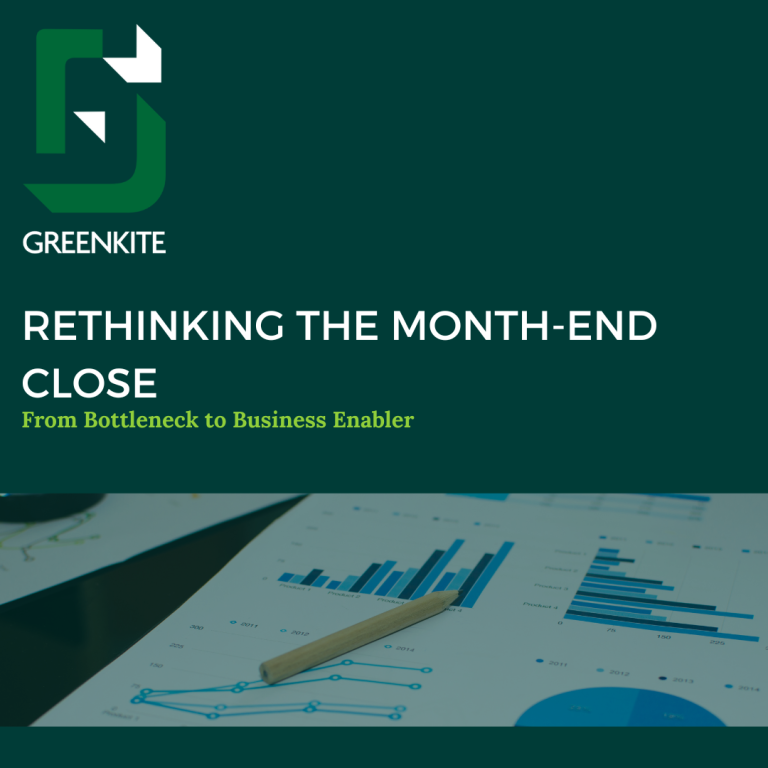
Rethinking the Month-End Close: From Bottleneck to Business Enabler
Having held senior finance roles across multiple insurers—and now advising others. I remain struck by how long and inconsistent month-end close cycles continue to be. I’ve seen some completed by working day one, while others drag on for more than three weeks. This inconsistency not only hampers efficiency but also limits the strategic value finance can offer the wider business.
Two moments from my career stand out as particularly telling.
The PowerPoint Culture
At one insurer, I walked a newly appointed Group CFO through our open-plan office. What he saw was a sea of finance professionals with their heads buried in slide decks—the typical “PowerPoint culture.” The reporting process was bloated and inefficient. This realisation prompted a series of changes, including team restructuring and a more streamlined approach to reporting, which significantly improved both speed and clarity of the financials over month-end.
A Breakdown in Trust
At another organisation, I encountered a complete lack of engagement between finance, underwriting, and actuarial teams during the month-end process. The root issue: trust. Finance didn’t trust the underwriting MI, underwriters questioned actuarial assumptions, and no one had confidence in the final outputs. Rebuilding trust and establishing a “single version of the truth” was essential to driving both cultural and operational change.
Through both leadership roles and my advisory work with GreenKite, my mission has remained consistent: to help finance teams become outward-looking, insight-led, and efficient business partners. Despite advances in AI and automation, many teams still spend excessive time on month-end due to delayed data, legacy systems, and siloed processes.
But it doesn’t have to be this way.
With discipline, automation, and better collaboration, finance can reduce the burden of month-end and focus on what truly matters: analysis, decision support, and forward planning.
A Practical Framework for Streamlining Month-End
- Pre Month-End
- Develop a close calendar with clear hand-offs and named business owners.
- Agree timelines for key data inputs and early estimates (e.g. IBNR, premiums, claims).
- Conduct a “dry run” of business expenses to flag variances early.
- Review recurring journals—do they really need to wait until working day one?
- Validate data feeds from policy and claims systems; log and investigate discrepancies.
- During Month-End
- Hold regular touchpoints between finance and key functions to review changes in estimates and assumptions.
- Implement a “flash results” process by working day one for early review and challenge.
- Establish joint sign-off for high-risk items requiring executive judgement.
- Promote a “no surprises” culture—keep stakeholders informed throughout.
- Post Month-End
- Reconcile outputs across systems and reports to ensure accuracy.
- Run a monthly “lessons learned” session to identify improvement opportunities.
- Invest time in continuous improvement initiatives such as:
- Automated reconciliation tools
- Standardised reporting templates
- Data visualisation dashboards
- Workflow tracking systems
The Payoff: Tangible Benefits of a Streamlined Close
- Faster close cycles, freeing up time for value-adding activities
- Greater confidence in financial and underwriting performance
- Reduced burnout among finance teams
- Improved decision-making through timely, accurate insights
- Stronger financial controls and governance
- More agile reforecasting and planning
Month-end doesn’t have to be a “grind”. With the right mindset, tools, and collaboration, finance can shift from being a reporting function to a strategic partner—driving performance…not just measuring it.





